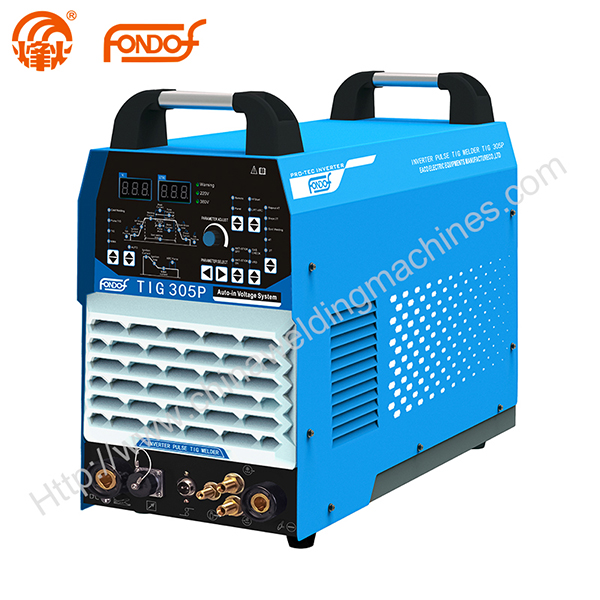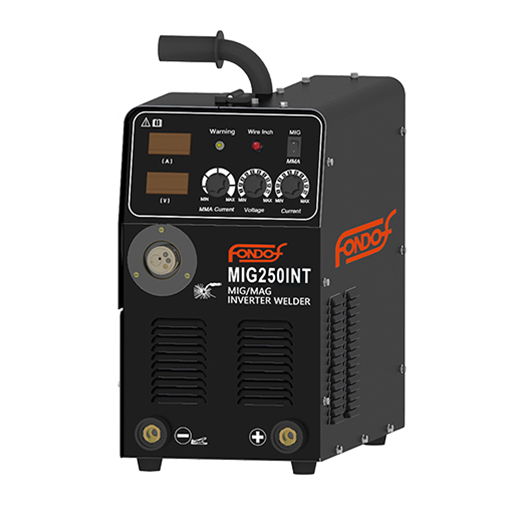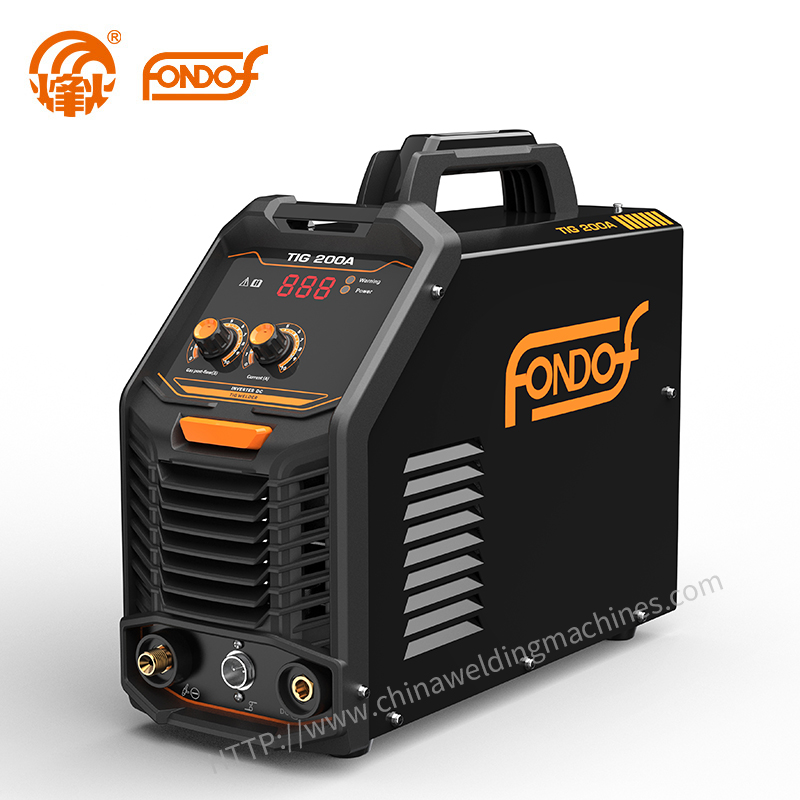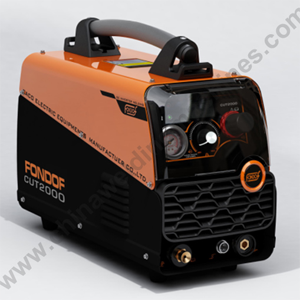Differences and Applications of TJG and MIG Welding
 Jan. 06, 2023
Jan. 06, 2023
MIG and TIG welding operate on a similar principle; the heat generated by the electric current melts the substrate and/or bonding material, which cools to form a strong joint. Despite the similarities between the two processes, they are still very different in terms of advantages and best use cases.
TIG Welding
TIG welding is highly versatile and allows industry professionals to join a variety of small and thin materials. It uses a non-consumable tungsten electrode to heat the metal and can be used with or without filler.
MIG Welding
MIG - or metal inert gas - welding is typically used for large, thick materials. It uses expendable wire as the electrode and filler material.
Differences and Applications
Thickness
When working with thicker metals, MIG welding is often the best choice because of its high depth of fusion and the wire feed supplied to the weld pool. It is mainly used in the manufacture of pressure vessels and in the construction industry.
TIG welding is the preferred choice for thin materials that are fragile and prone to defects. Its applications include pipe fittings, aerospace and automotive manufacturing.
Operation
The TIG process is usually very short, as it is best suited for technical projects. For longer runs, especially in production, the MIG process is usually the choice. The latter is preferred because of the lower complexity and total cost of ownership.
Aesthetics
TIG welders are better suited for projects that require controlled heat input. It is easier to achieve a consistent weld bead in the molten pool using this welding technique. This is ideal for artwork, projects and automotive repairs.
We often use MIG welding for fast welding when aesthetic finishes are not a priority. MIG is also chosen if the metal has been coated or post-treated.
Angle / Range
TIG welders are controlled by their foot pedal and are best suited for easily accessible angles and areas. This is best suited for bench or shop work where the material is at a comfortable angle.
MIG welders are preferred when welding at an unsightly angle because you have one hand free to hold and control the material to be welded.
Environment
Because both TIG and MIG welding use shielding gas, welding needs to be done in a controlled environment, preferably indoors or in a less windy area.
When this is unavoidable, you may choose to use flux cored wire. The flux reacts with the arc to form a shielding gas that protects the weld. You will need to adjust some machine parameters to work properly and consider the slag it leaves behind.
If you are not sure which welder to choose, please contact us to help you.
 Previous:
What is DC Welding Used For?
Previous:
What is DC Welding Used For?
 Next:
How to TJG Weld?
Next:
How to TJG Weld?




























